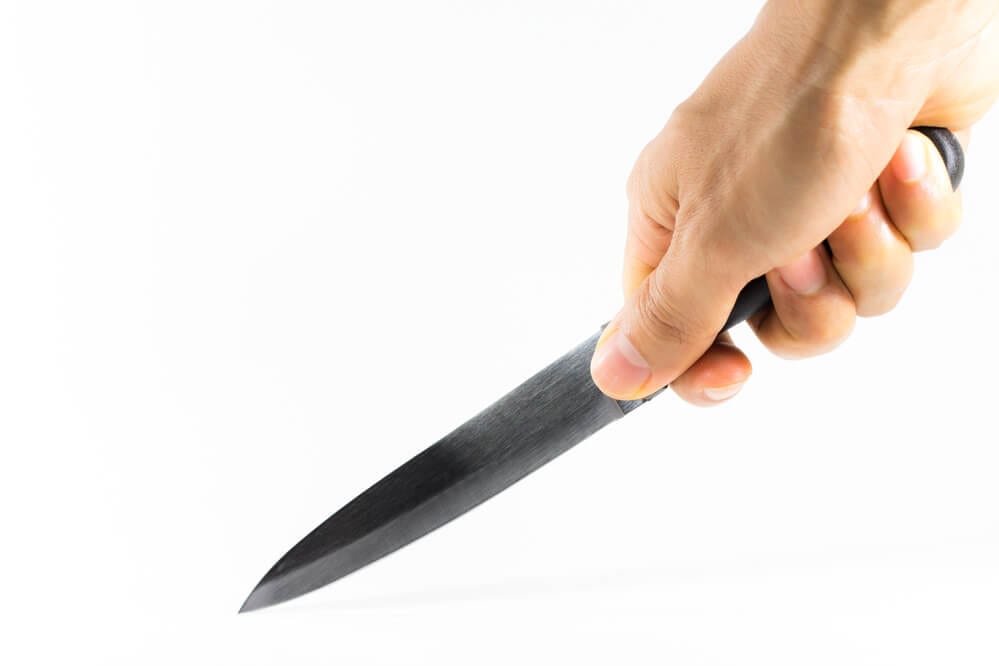You might have used a kitchen knife to chop vegetables and meat many times, and in most cases, using a kitchen knife comes very naturally to most people. However, not everyone knows that there is a right and a wrong way to hold a kitchen knife.
This is one of the many differences between professional chefs and household cooks. Learning to hold your kitchen knife correctly can make a world of difference in making your cooking preparation effortless. Improvement in your technique can also help increase safety while cooking.
Why Learn the Correct Technique?
The right technique of using a knife is important if you wish to work your way towards professional-level cooking. If you are a novice or just starting to learn your way around the kitchen, using the knife correctly can help you level up quickly.
Proper knife skills not only keep you safe but also make your recipes better. Uniformly cut ingredients are what professionals strive for every single time. This is because the food cooks at the same rate and also look great when served.
Taste and presentation are both important aspects of cooking that should be at the forefront of anyone’s mind who wants to produce the very best dishes in their kitchen.
Knife Grip Used By Chefs
Chefs use their dominant hand to hold the knife, and if you want to do it like the pros, then you need to pay attention to how they operate in the kitchen. For a start, holding a knife does not simply mean grabbing and clutching it with your hand.
The correct method is to put it gently at the center of your palm and close your hand slightly. While doing so, put your thumb on the inner side of the knife. The inner side is the one closest to your body, whereas the outer side is the one away from your body. Make sure that the thumb is above the blade, so you do not get hurt.
Now, bend your forefinger slightly and hook it on to the outer side of the knife. Once again, make sure that it is not directly in contact with the blade. This sort of positioning will let you guide the blade directly with the motion of your hand.

Where Does the Other Hand Go?
Though the non-dominant hand is not directly holding the knife, its placement is important in order to cut ingredients like a professional. The inactive hand can help to aim the knife and guide it in the correct direction. At the same time, it also increases stability and keeps the food steadily in place while you are cutting. There are two possible common positions for your second hand.
One of the positions is such that the fingers are gently placed on the top of the knife. This is done on the reverse side of the blade, for the obvious reason that it keeps your second hand safe. In this position, when your primary hand controls the motion in a to-and-fro fashion, the second hand allows you to aim the cut. This position works very well for mincing and similar applications.
Another way to position the second hand is to place it like a claw on the inner side of the knife. This is great for holding food in the right place. Think of holding a palm-sized vegetable like a potato and holding it using a claw-shaped curl of the second hand.
While you place this vegetable on the chopping board and hold it, the part of your palm which is toward the side of your thumb touches the top edge of the blade and controls its motion. This position ensures that food doesn’t slip out of your hand’s grasp.
Other Possible Grips
As you can imagine, knife grips are not limited to those mentioned above.
One other popular grip is the handle grip in which you can curl the dominant hand around the handle of your knife just like you would hold a jumping rope’s handle. This is a useful grip for people with small hands or chefs who are new and need a quick way to learn how to chop food correctly.
There is another grip which is rarely seen among professionals but is actually quite effective. It involves the forefinger placed on top of the edge of the blade along its length. It accounts for a better aim as the finger is directly pointing along the sharp edge.
However, this grip is on the risky side because of the possibility of the finger slipping from the edge. Some people still prefer to use this grip for precision cutting of small vegetables that do not require too much force.


